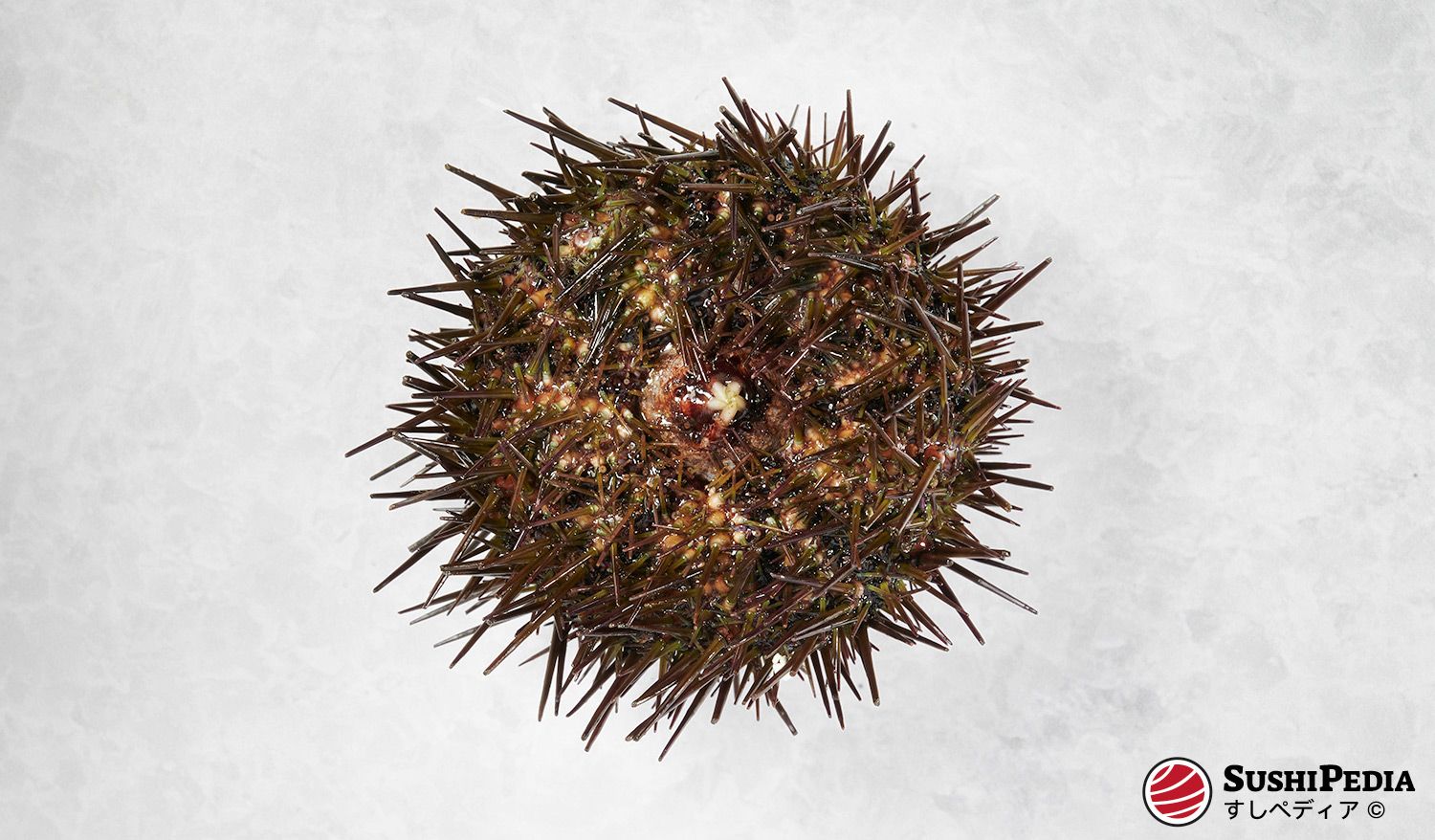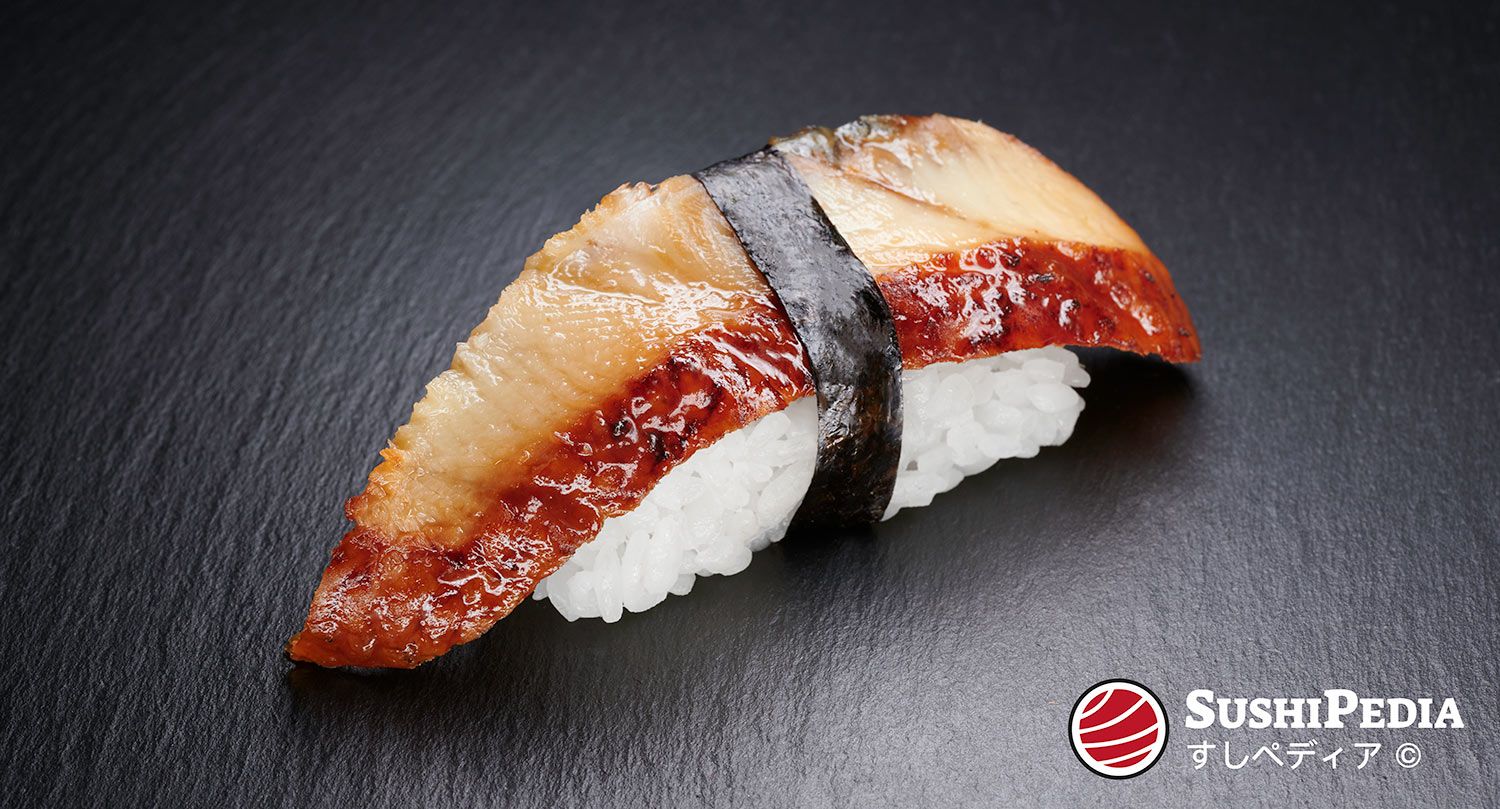Newest Ingredients
What is Sushipedia?
Sushipedia is a constantly growing project that sees itself as a source of information for sushi and sashimi. Our focus is on the ingredients used in the preparation of sushi and sashimi. We not only collect basic information, but also research sources, interview experienced Japanese chefs and consult with experts to enrich our articles with reliable information. We answer basic questions such as “What is Maguro Sushi?” or “What should I look out for when eating raw salmon?” and provide deeper insight for those interested. The more you know about sushi, the more variety you can enjoy. The more you know about the names of sushi ingredients and the species used to prepare them, the more you will appreciate eating them.
The World of Sushi & Sashimi
In Japan they say that food should satisfy the senses. In particular, sushi lives up to this philosophy by being prepared with great care and perfectionism. Sushi prepared with skill and dedication not only pleases the taste buds, but is also beautiful to look at. As diverse as the visual appearance of the “small“ dishes is, as broad is the range of possible flavors. Sushi combines seasonal seafood, vegetables and rice to create an unforgettable taste experience. There are countless sushi restaurants in Japan, and the increasing number of sushi restaurants outside Japan is a testament to the worldwide popularity of this appetizing dish. Edomae sushi, today's common form of sushi, is a combination of a topping (neta), a filling (gu) and soured sushi rice (sumeshi oder shari). Regardless of whether sushi is prepared in the form of a roll (maki) or into a hand-shaped ball (nigiri), the essential ingredients remain the same. These ingredients can be divided into five different groups; Akami, Shiromi, Hikarimono, Nimonodane and Hokanomono. Akami are ingredients whose flesh is red in color, such as tuna. Shiromi are those fish whose flesh is white, such as sea bream. Hikarimono are fishes whose skin is silvery blue and served with it, such as marrow. Cooked and blanched ingredients are called nimonodane, such as eel. Hokanomono are all those ingredients that can be classified in the previously mentioned groups, such as the gonads of the sea urchin. Formed by the hands of an experienced sushi chef, sushi is a delicious and aesthetic dish that tastes delicate, is low in calories and healthy. The beauty of the arrangement and the harmony of colors is enough to awaken the appetite at the sight of sushi. Thanks to the variety of possible ingredients, sushi offers a wide range of flavors that cover all tastes. With the convergence of international trade routes, today more than ever there is an abundance of ingredients that allows tradition and modernity to merge. Sushi chefs today are offered an extensive selection of possible ingredients, from the most diverse regions of the world, that make sushi something whose taste can only be limited by one's own powers of imagination.
Want to Know More?
Whether you enjoy a fatty piece of tuna or simply eat some avocado maki, sushi and sashimi tastes incredibly good. You've probably wondered what the ingredients are or what species are behind the sometimes unfamiliar names on the menu. All this and much more we answer on Sushipedia, with much dedication and attention to detail.




